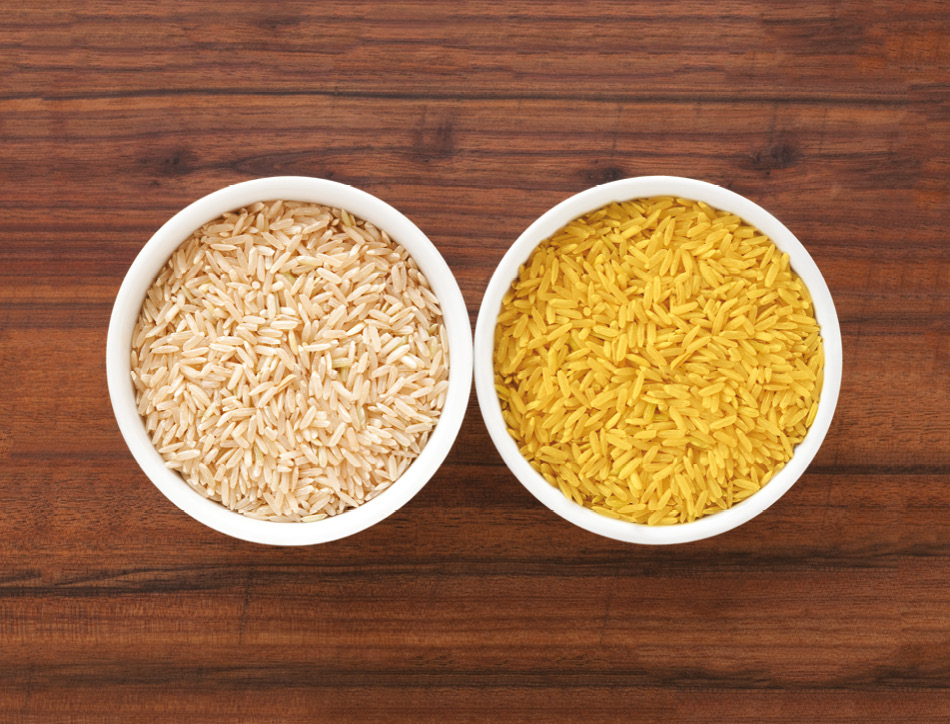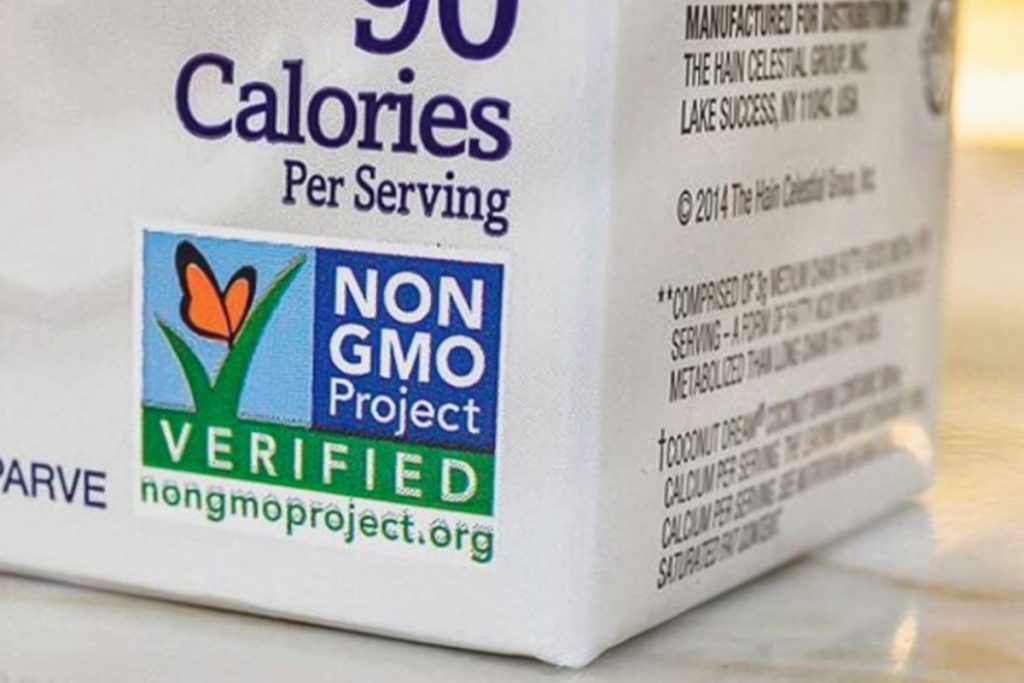Should GMO Food Be Sold in Markets?
Over two years now that I have been studying and reading journals about genetically modified foods, I definitely have gained some insights. Of course, some of the researchers strongly oppose this idea of genetically modifying food products – which on the side note, has been established decades ago – while, some researchers see it from a different point of view, that is, this GMO can generate substantial benefits for producers as well as consumers.
For those of you who are wondering what GMOs really mean, GMOs is an abbreviation for Genetically Modified Organisms, known as living organisms – be it plants, animals or bacteria – into which foreign genes have been inserted. These foreign genes can be obtained from various sources. Upon the insertion of foreign gene into a particular living organism, it is expected to change the characteristics of the recipient organism genetically or some may even be changed morphologically. Let’s take Golden Rice as an example. From the name “Golden Rice”, first thing that pops in mind would be gold-colored rice, which is definitely odd as rice as we Asians are quite familiar with, is usually white in color. So, how and why “Golden Rice” odds out from the normal rice normal?

Figure 1 shows the difference between our conventional rice grains and Golden Rice.
The idea of inventing Golden Rice was definitely smart, and life-saving for the people who are living in the third-world countries where food supplies are constantly limited, thus death rates are relatively higher due to malnutrition issues, which in this case, deficiency of vitamin A (VAD). The World Health Organization estimates that about 250 million preschool children are affected by VAD and about 2.7 million children die because of the deficiency. VAD can have numerous negative health effects such as dryness of the eye that can lead to blindness if untreated; reduced immune system response, and an increase in the severity and mortality risk of infections. VAD is one of the main causes of preventable blindness of young children from developing countries.
Other than that, the Golden Rice Project was established in hopes to provide sufficient foods for people in the third-world countries. Conventional rice takes a longer time to get harvested and supply the people with food, whilst, genetically modified crop usually grow in a larger quantity in a shorter period of time. This is the upside of genetically modified organisms.
| Global mortality (millions) | 2010 | 2014 | 2016/2017 |
|---|---|---|---|
| Vitamin A deficiency | 1.9–2.8 | 1.4–2.1 | 1.3–1.9 (2016) |
| HIV/AIDS | 1.8 | 1.2 | 0.94 (2017) |
| Tuberculosis (TB) | 1.4 | 1.1 | 1.6 (2017) |
| Malaria | 0.7 | 0.6 | 0.45 (2016) |
Table 1 shows the annual mortality from different public health diseases (VAD deaths exclude significant maternal mortality).
On the contrary, albeit that genetic engineering came around in the early 1970s, there is still a lot of debate going on about its ethical issues and social responsibilities issues. In reality, nothing is ever too perfect in the world. Some opponents pointed out a lot of downside of inventing more genetically modified organisms – GM crops are potentially toxic, might cause allergic reactions, disrupting the integrity of the plant kingdom by changing the genetics of the plants etc.
Genetically modified foods possess a significant amounts of DNA and RNA, consumed in the range of 0.1–1.0 g/day. Thus, there is a slight possibility that the protein produced by the transgenic may be toxic as the transgene coded for a toxin will subsequently absorbed systemically by the host. GMOs causes allergic reaction amongst the consumers as well. Concern surrounding this idea relates to two factors is that, the possibility that genes from known allergens may be inserted into crops not typically associated with allergenicity and the possibility of creating new, unknown allergens by either inserting novel genes into crops or changing the expression of endogenous proteins.
All of these possibilities that may harm human health has made some of us feeling doubtful about the nutritional value of the food in the market. These GMOs are usually seemed as “unnatural food”. The fact that it has been genetically modified, changes within the genome are unexpected and this makes consumers question about its food safety.
Albeit all of that, GM crops are tightly regulated by several government bodies. The European Food Safety Authority and each individual member state takes serious considerations upon the requirements for a full risk assessment of GM plants. In the USA, the Food and Drug Agency, the Environmental Protection Agency and the US Department of Agriculture, Animal and Plant Health Inspection Service are all involved in the regulatory process for GM crop approval. Consequently, GM plants undergo extensive safety testing prior to commercialization. This precautionary step was taken by the authorities is mandatory and also to convince the people about the food safety of GMOs instead of emphasizing too much on the downside of GMOs.

Figure 2 shows the Non-GMO labelling on a box of milk.
